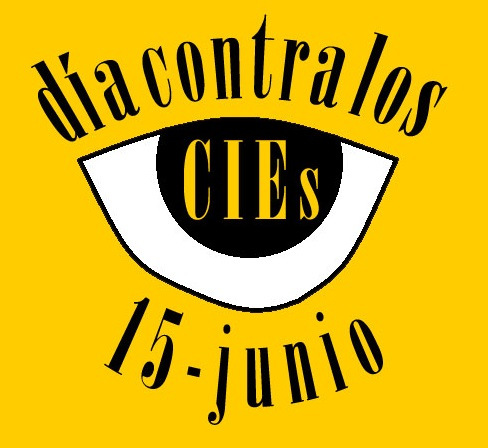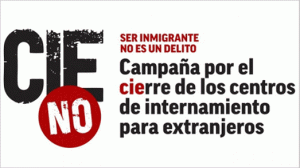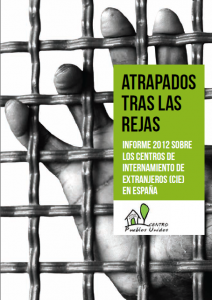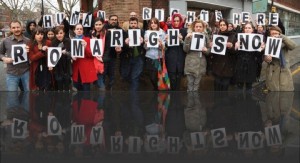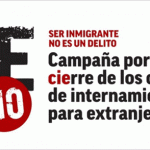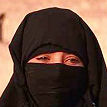Racial and ethnic minorities are often made scapegoats. The press ought to be attuned to that.
Original link: http://www.theatlantic.com/politics/archive/2013/04/why-the-media-treats-right-wing-and-islamist-terrorism-differently/275090/
Larry O’Connor, a talk-radio host, Breitbart.com editor, and frequent Fox News guest, speculates about what he thinks is going to happen after the perpetrator in the Boston bomb attack is identified:
Tweet: “If perp is radical Islamist we’ll be lectured abt tolerance, If crazy right-winger, we’ll be lectured abt dangerous rhetoric.”
“The 1000+ reporters in Boston are just waiting to hear which tired old template to use,” he added. “The networks have all their experts lined up. Ready to comment on tolerance or on dangers of right-wing politics.” I’m sure that, whatever happens, the ensuing TV coverage will prove awful. But if O’Connor is right about the reaction of the media, will the media be misbehaving? Is there an illegitimate asymmetry in how right-wing and Islamist attackers would be covered?
The relevant principles involved, as I see them, are these:
- Whether the perpetrator is an Islamist radical, the member of a violent right-wing militia, or anyone else, it is important that other people who merely share their race or ethnicity aren’t blamed or made to suffer for their acts.
- If extremist rhetoric played a role in radicalizing the perpetrator, whether he is an Islamist radical, a right-wing militia member, or anyone else, it is fair game to criticize the attendant rhetoricians.
There are times when journalists bungle this sort of coverage in ways that are unfair to the right and times when they handle things in ways that are unfair to Muslims. But as a general matter, tolerance is urged when the perpetrator is Muslim, and not when the perpetrator is a white right-winger, not because journalists only value tolerance in one situation, but because when guys like Tim McVeigh perpetrate terrorism, there’s never an irrational backlash against white men.
That racial and ethnic tolerance will prevail goes without saying.
As for dangerous rhetoric, when the perpetrator is a radical Islamist, there is no shortage of Americans who are critical of radical imams, al-Qaeda’s magazine, or terrorist recruitment efforts. No one questions the notion that extremist propaganda can radicalize an eventual terrorist when Islamists are behind an attack. Even Muslims who are in no way radical find themselves expected to denounce the acts of Islamist terrorists (though that is wrongheaded and unfair).
To be sure, a radicalized right-winger shouldn’t cause the media to harass every right-wing talk-radio host into a defensive crouch. Of course the media ought to be attuned to the possibility of civil-liberties violations being perpetrated against non-violent right-wingers unfairly stereotyped due to their co-ideologues. But handled properly, there is nothing wrong with talking, in the aftermath of a right-wing terrorist attack, about extremist propaganda that radicalized the terrorist.
There are instances of media misbehavior that O’Connor and I would agree about. I don’t think it was fair for some to criticize Sarah Palin as if she had anything to do with the Gabby Giffords shooting. Complaints about that coverage were justified.
But as a general proposition, I think O’Connor is wrong to be aggrieved that the media will talk about tolerance if the perpetrator turns out to be a radical Islamist. And depending on the coverage, he may also be wrong to complain if a right-winger inspires conversation about dangerous rhetoric. (If the perpetrator is a Muslim, O’Connor won’t criticize anyone for indicting radical Islamist rhetoric.)
For various reasons, Americans respond to Islamist terrorism very differently than terrorism perpetrated by Tim McVeigh types. Little wonder that the excesses the media warns about vary depending upon the perpetrator. Conservatives would be on firmer ground casting this as oversensitivity if not for the fact that so many innocent Muslim Americans are victimized by people who treat them as a suspect class. Calls for tolerance aren’t rote political correctness. They’re an attempt, too often unsuccessful, to safeguard the ability of the wrongly targeted to be treated as individuals possessed of inalienable rights to life, liberty and the pursuit of happiness. Racial and ethnic minorities are often made scapegoats in a way that members of the majority aren’t.
The press ought to be attuned to that.
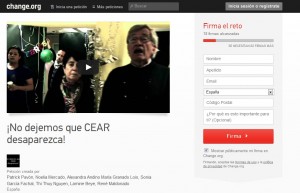

 June 25th, 2013
June 25th, 2013 


